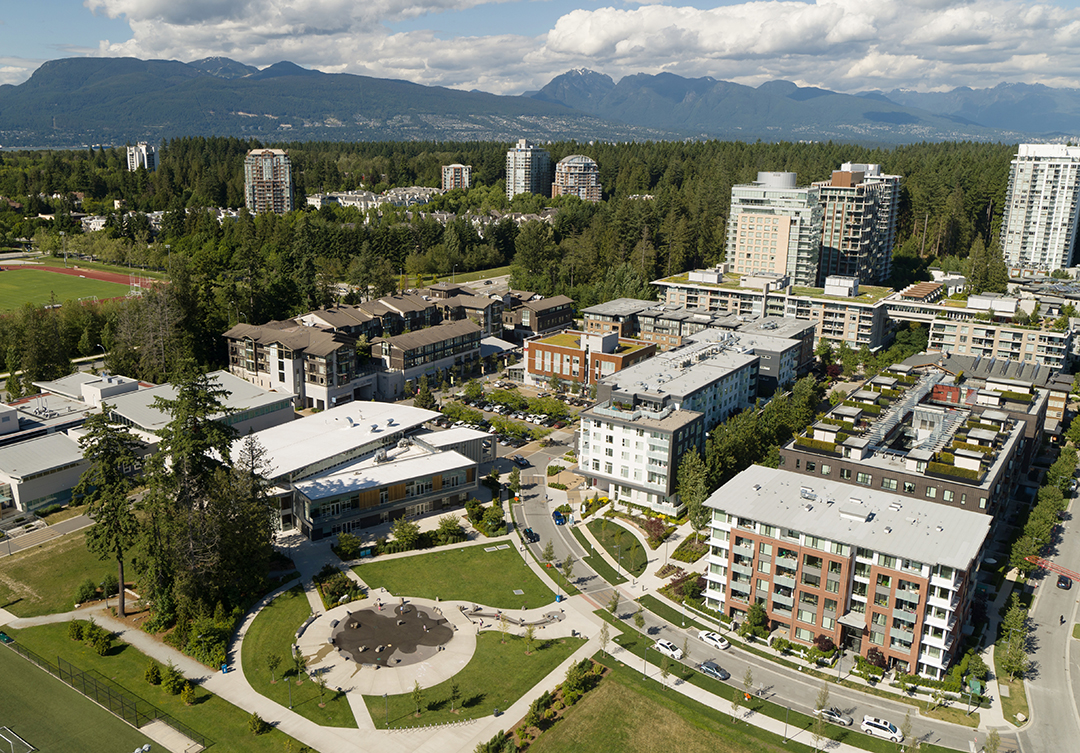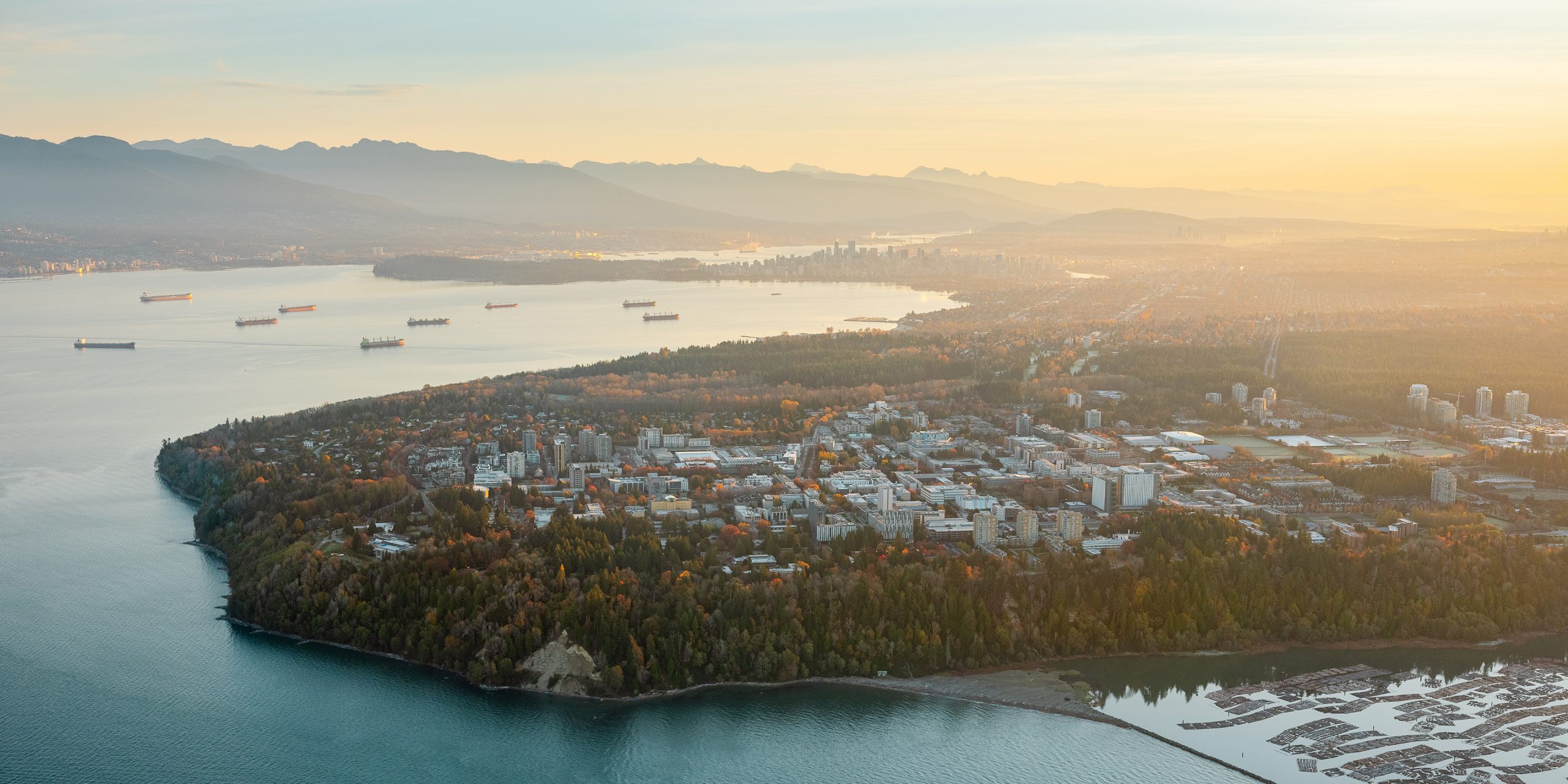

Our History
Since 1988, we’ve been building.
It started with a vision.
The vision of UBC’s future was a vibrant campus community with neighbourhoods, parks, playgrounds, retail spaces, schools, and homes all fostering and supporting the university.
This is the story of UBC Properties Trust – how a parcel of land was repurposed to support one of the country’s best universities and how that university has, in turn, shaped us.
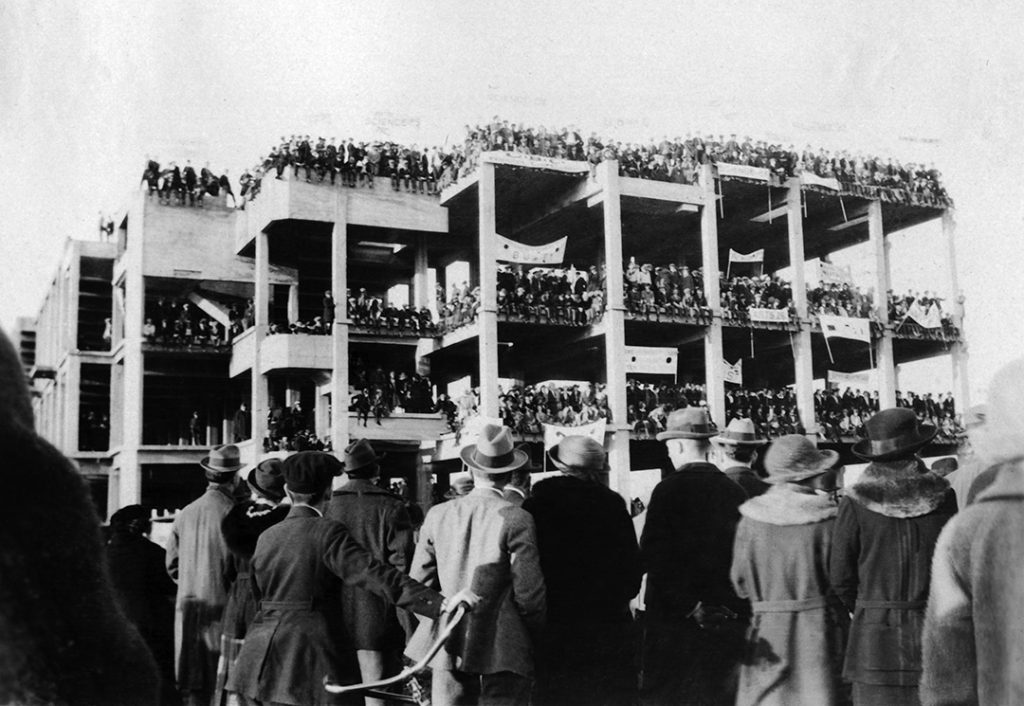
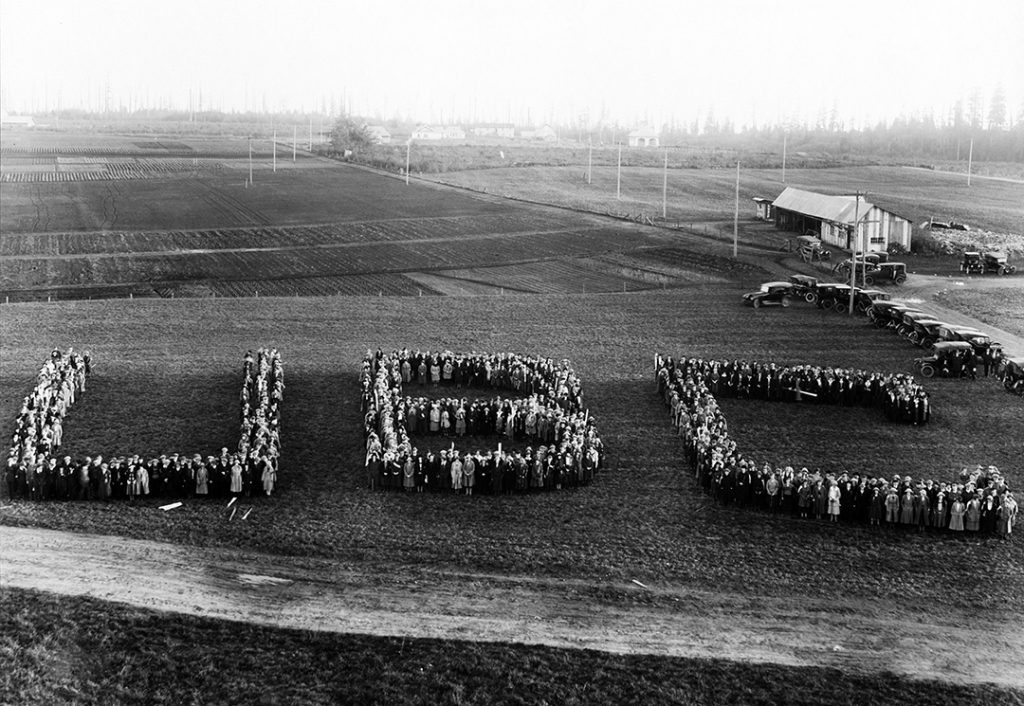
Build the University.
In 1911, 175 acres of land were designated for building a university on the Point Grey peninsula. But shortly after construction began, it halted due to the outbreak of World War I, and students were relocated.
All that remained was a single concrete and steel structure — a reminder of what could be.
Fast-forward to 1922: construction had yet to restart. Students organized a petition that gathered 56,000 signatures, and on October 28, they marched west toward the unfinished building at Point Grey — now known as The Great Trek. Students climbed onto the solitary structure, lined up along its floors, and dangled from its rafters. The provincial government acquiesced, and construction resumed.
On a September morning three years later, students assembled for the first time in a new auditorium, marking UBC’s debut at Point Grey.
The BC University Loan Act set aside 3,500 acres of land as an endowment to financially support the university’s current and future infrastructure needs. Over time, lands were sold off (now known as University Endowment Lands), and houses were built. In the 1950s, the province decided to take responsibility for administering the non-campus lands, including vast tracts of undeveloped lands, University Hill and the golf course. By 1955, the campus lands amounted to 1,000 acres, and UBC had not acquired more of the originally promised 3,500 acres.
The vision for the university campus was of an entire community with retail spaces, urban parks, schools, and homes, all supporting UBC. In the post-WWII years, the university grew at an accelerated rate — but these ambitious plans didn’t come to fruition just yet. UBC became a commuter campus, accommodating vast acres of land for parking lots. The recession in the early 1980s delayed further plans for the university’s growth.
And yet, UBC would soon discover that a portion of its surplus lands could offer steadfast and lasting financial support for its growing dreams.
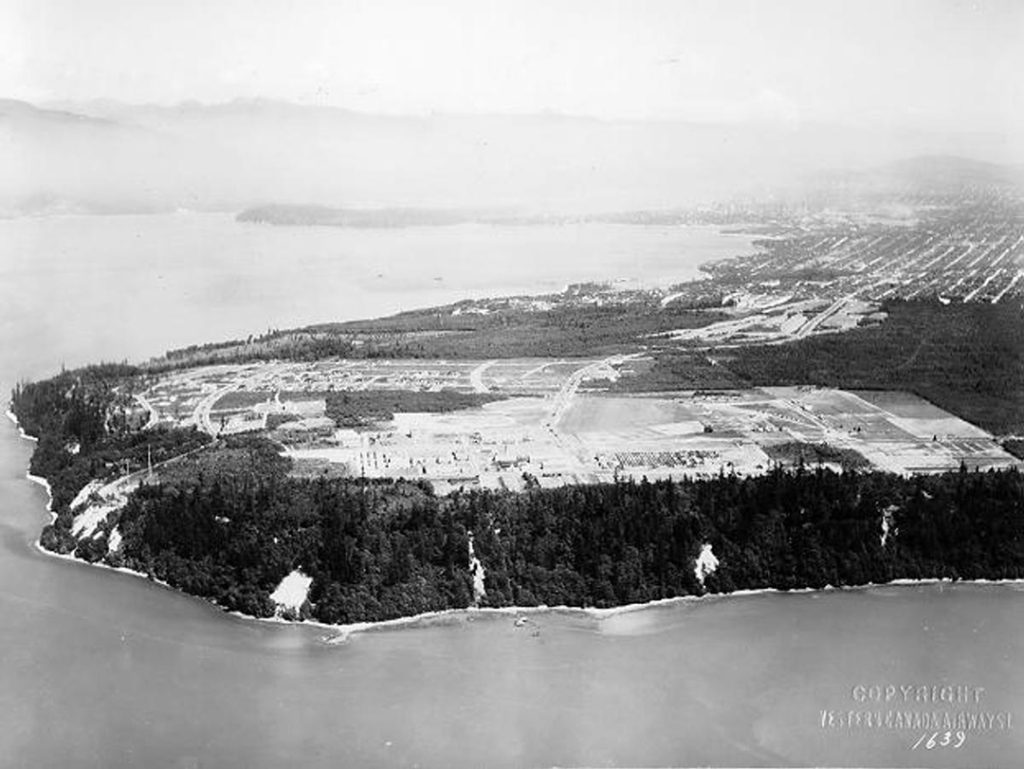
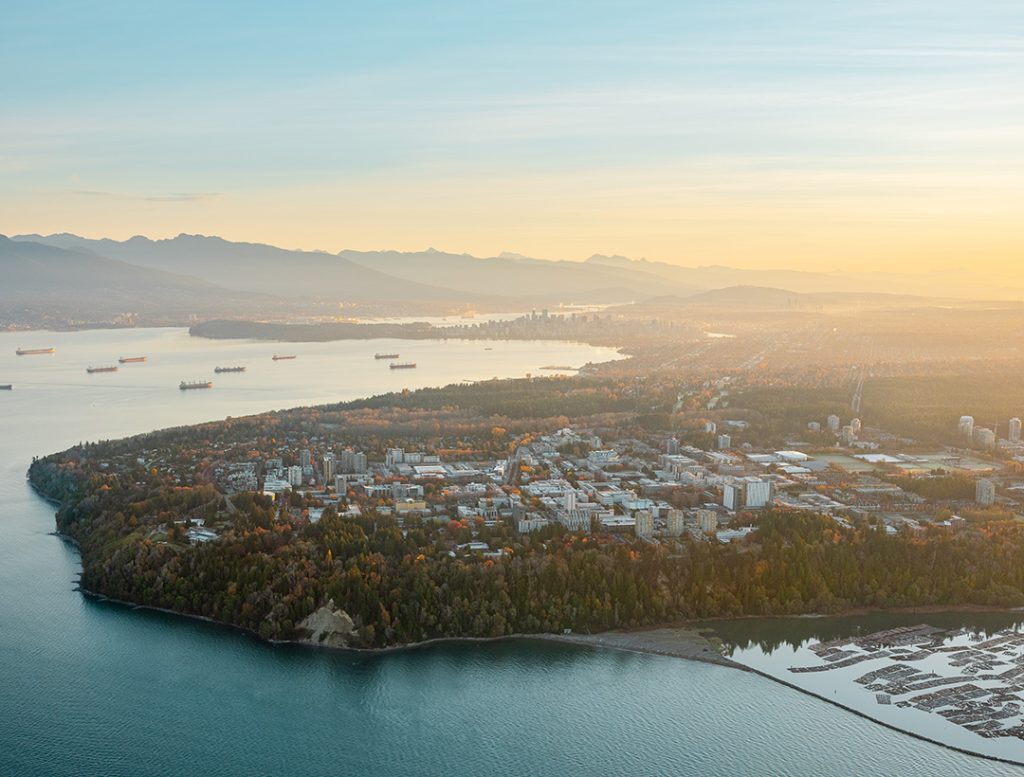
The beginning of now.
In 1984, UBC alumnus and philanthropist Robert H. Lee joined the university’s Board of Governors. The Board soon asked him to join the Property Committee, which was tasked with reviewing UBC’s development and management of projects.
He had the unprecedented plan to create a new funding mechanism for the university that would provide revenue in perpetuity and, in turn, bring the university town to life. The terms and conditions of the provincial land grant limited campus land to institutional use. Selling land outright for market housing was not an option.
Mr. Lee’s idea was simple: to develop and sell apartments based on a leasehold model.
After much deliberation, the plan was brought to life, and the UBC Real Estate Corporation was born. Mr. Lee chaired the Board of Directors, which was made up of a dedicated group of volunteer development professionals and UBC administrators with the broad expertise needed to implement the program. The mission was to develop the first campus neighbourhood: Hampton Place. Upon completion, its land lease revenue doubled the university’s endowment value. Mr. Lee’s idea proved to be a great success.
By the late 1990s, about 2,000 residents were living in Hampton Place. Due to its success, UBC allocated an additional 180 acres for UBC Properties to continue developing the dynamic campus community vision according to the Official Community Plan (now the Land Use Plan). In 2000, we began creating two new neighbourhoods, Hawthorn Place and Chancellor Place, adding 1,300 new homes to the growing UBC community.
Land leases were just one method to build neighbourhoods at UBC. Hawthorn Place was home to the first two dedicated UBC staff and faculty rental buildings, and we were tasked with ongoing maintenance after construction. We then established Village Gate Homes, our first property management division, to lease and maintain faculty and staff rental buildings.
But we weren’t finished yet. In 2004, our role expanded.
We Adapt.
Up until this point, institutional development was managed by the university. When the province announced a new medical facility to be designed and built in 30 months, UBC determined its procurement methods would not allow for on-time, on-budget implementation. With our expertise, UBC Properties was tasked with managing the Life Sciences project. It was built on schedule and under budget, with its success leading to our eventual management of all institutional projects over $5M in Vancouver and Kelowna campuses.
We Build.
In 2007, Wesbrook Place neighbourhood development began. It was designed with a commercial core to directly support the residents, businesses, schools and employees of UBC and the neighbourhoods. Following the opening of the first few buildings, our second property management division was established — Wesbrook Properties. Today, UBC Point Grey has a large and growing year-round resident population with more homes being built every year.
With UBC as the sole stakeholder in UBC Properties’ endeavours, all profits are directed to the endowment fund. We have contributed over $2B from our initiatives to date and continue to build financial legacy, expand communities, and create innovative spaces for learning and living at UBC.
